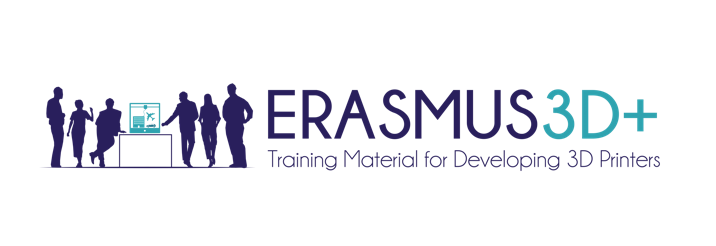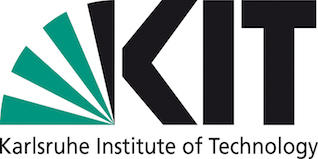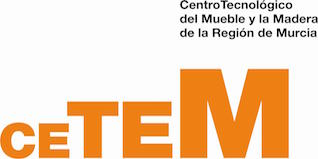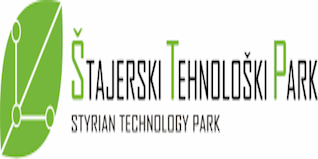Publications
Here you can find the first Report on the 3D Printing Industry: Current skills and qualification needs. It consists of two different documents, which you can download in five different languages. As one of the first outputs of our project E3D+ Training material for developing 3D printers, those reports are our basis for developing a professional training program. They provide the information needed for preparing learning contents that will improve the knowledge and competitiveness, as well as show potential applications and business opportunities in the 3D printing sector. The first document – Study of the current educational offer existing in the EU taking special attention to VET programs – is a study of current educational provision in the EU. The purpose of this research is to show where courses are held all over Europe, what kind of courses are offered in general and to whom they are intended. For the second document – Study needs – we have gathered the feedback from the target groups in terms of the current educational and training programs offered for the 3D sector. For this propose a survey was conducted and spread out by different European countries. It compiles information about personal knowledge and skills on 3D printing, respondent’s experiences with educational and training programs, current needs and suggestions for future educational and training programs on 3D printing. The information gained from both studies are so important for our project work and by sharing the reports with you, we hope they will become valuable for you too.
This output has defined and analyzed the necessary areas of knowledge and the pedagogical methodologies to provide the specific needs of certain job profiles and different industrial sectors in 3D printing. Activity 1: Training Path definition – This activity has focused on breaking down E3D+ into small and manageable training units. The granularity of the units has been such that each target group can satisfy all of its needs by selecting a combination of training units, while assuring that unnecessary training is not received by the students, and that necessary training is not missed. Activity 2: Definition of learning content modules + Activity 3: Harmonization and validation of learning modules and training path – The following document summarize the joint curriculum designed, inform on its classification in reference to EQF, and define training objectives, learning units and training and assessment methods. Activity 4: Development of the guidelines for trainers – This activity aimed to prepare a guideline that will clarify some basic concepts related to aids to be used by the trainers who participate in the edition contents; analyze the training needs; help establishing the goals and priorities of education, and suggest methods and tools for the design and implementation of educational initiatives in the aim of the project. The E-learning Platform is the core of the Erasmus3D+ project. It contains all the training contents produced by the project consortium, in 5 languages: english, spanish, german, italian and slovenian. The e-learning platform is available at the following link: Find also the guideline for using the platform: This intellectual output comprises all the training materials needed to teach the International VET (students, teachers and managers) about 3D printing. Based on the identified topics of the Modules, following content index has been developed: All the lessons are available in the e-learning platform For the trainers that want to use the platform there is also a document for them: the training of trainers: 5 webinars have been performed (in english) at the end of October 2017 in order to present the project and the training units to an international audience. A more detailed description of the webinars results are available in the final report:
It’s a tool for each student, teacher, professional who want to learn about 3D printing, according the most modern researches and professional use.
https://e3dplus.learning-platform.eu/
4 Modules has been produces with totally 18 training units: text documents, powerpoint presentations, video lessons and video for the unit introduction and quiz for final evaluation.
MODULE 1 → DESIGN AND PRODUCTION PROCESSES
History of 3D Printing
Concept of Rapid Prototyping and Additive Manufacturing
Description of the Production Processes
Available software for 3D Printing
3D Printing materials
Technologies in 3D Printing
MODULE 2→ THE CURRENT PROCESSES, DIFFERENT FIELDS OF APPLICATION
3DP Technologies → Processes, Resolution, Accuracy, Sizes, Manufacturers
3DP Technologies → Materials used
3DP Technologies → Sectors / Fields of Application
3DP Technologies → Extract the pieces, post-processes
MODULE 3→ ENTREPRENEURSHIP AND 3D PRINTING: A COMMON VIEW OF THE WORLD
What is Entrepreneurship?
The qualities of an entrepreneur
Generating and developing a business idea
Entrepreneurship and 3D printing
MODULE 4 → APPLICATION IN TRADITIONAL SECTOR, CASES OF STUDY
Rapid Prototyping Definition
Traditional Sectors Applications
Methodology for the Success
Cases of Study in Traditional Sectors

ERASMUS3D+ Training material for developing 3D printers by ERASMUS3D+ consortium is licensed under a Creative Commons Attribution-NonCommercial-NoDerivatives 4.0 International License





